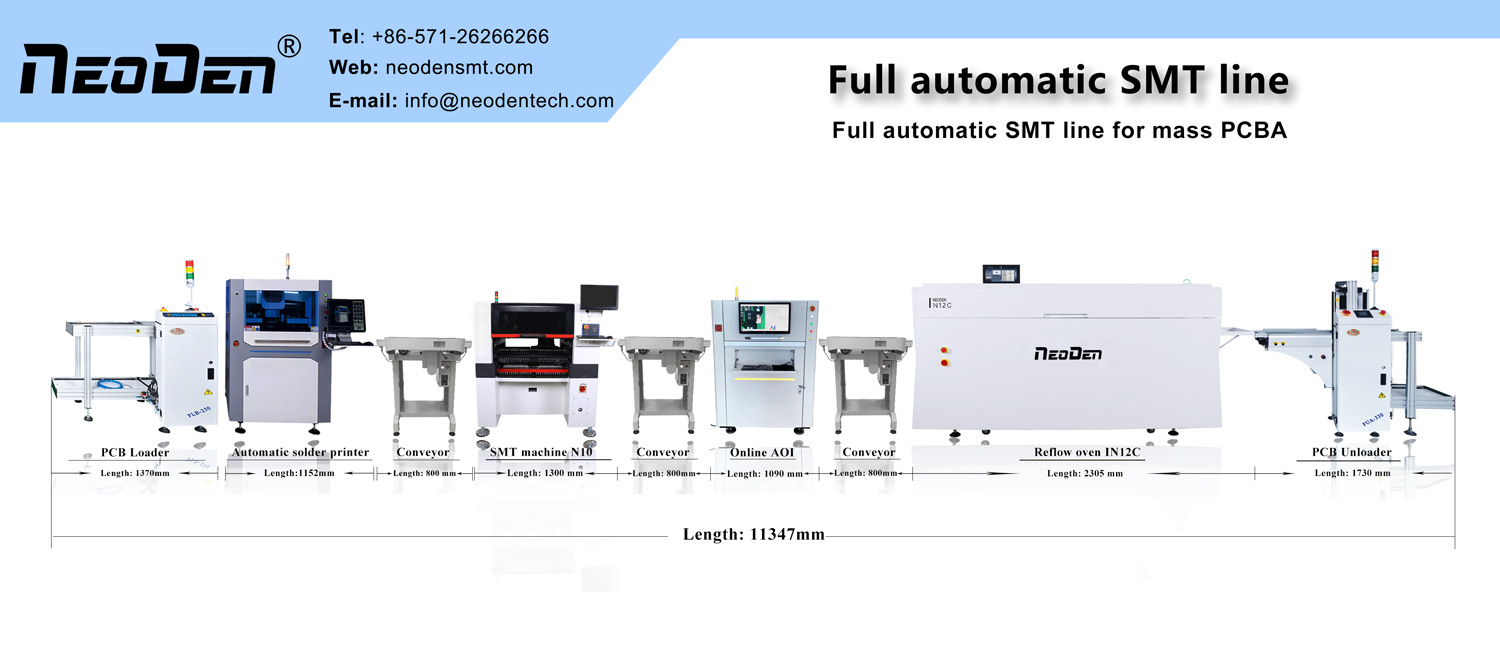Rework and repair is an inevitable part of the PCBA process. Mastering effective rework and repair techniques to ensure product quality and reduce production costs is critical.
I. The common types of PCBA defects
1. Welding defects
Cold welding: the surface of the solder joint presents a dull, uneven appearance, poor contact.
Void soldering: solder joints with normal appearance, but poor internal contact, which may lead to intermittent failure.
Bridging: Excess solder appears between two neighboring solder joints, resulting in a short circuit.
2. Component Defects
Misalignment: The component mounting position deviates from the design requirements.
Wrong polarity: Polarity sensitive components (e.g. capacitors, diodes) are mounted in the wrong direction.
Missing: Components are not installed correctly or are missing.
3. PCB Defects
Broken wires: Broken or discontinuous wires on the PCB.
Short circuit: two wires on the PCB are accidentally connected, resulting in a short circuit.
II. Rework and repair skills
1. Rework techniques for soldering defects
Cold soldering and false soldering: Use a soldering iron to reheat the solder joints, add the right amount of solder to ensure that the solder joints are uniform and bright.
Bridging: Use a solder sucker or solder tape to remove excess solder and then re-solder.
2. Rework tips for component defects
Misalignment and wrong polarity: Use a hot air gun to heat the solder joint, gently remove the component, reposition it correctly and solder it again.
Missing: Install missing components as designed to ensure correct position and orientation.
3. PCB defective repair skills
Broken wire: Use fine copper wire to bridge the broken part and fix it with solder to ensure a reliable electrical connection.
Short circuit: Use a magnifying glass to check the short-circuit point, use a soldering iron and a solder sucker to remove excess solder, recheck and test.
III. The quality control of rework and repair
1. Inspection and testing
After rework and repair, a thorough inspection and test must be performed to ensure that the problem has been completely resolved. Use a microscope to check the quality of the solder joints and a test instrument to check the function of the circuit.
2. Record and Analyze
Record the details of each rework and repair, including the type of defect, rework measures, and test results. Reduce future defect rates by analyzing this data to identify common problems and improve production processes.
3. Training and Enhancement
Regularly train rework and repair personnel to improve their skills and knowledge. Share successful rework cases and experiences to promote common improvement of the team.
Features of NeoDen BGA Rework Station
Specification
| Product name | NeoDen ND 722R BGA rework station | IR Heater Size | 285*375mm |
| Model | ND 722R | Temperature Sensor | 1PCS |
| Power Supply | AC220V±10% 50/60HZ | Alignment Accuracy | ±0.02mm |
| PCB Size | 412*370mm(Max); 6*6mm(Min) | Dimensions | L685*W633*H850mm |
| BGA Chip Size | 60*60mm(Max); 2*2mm(Min) | Weight | 76KG |
Details
Power: 5.65KW (Max), Top heater (1.45KW), Bottom heater (1.2KW), IR Preheater (2.7KW), Other (0.3KW)
Operation Method: 7″ HD touch screen
Control System: Autonomous heating control system V2 (software copyright)
Display System: 15″ SD industrial display (720P front screen)
Alignment System: 2 Million Pixel SD digital imaging system, automatic optical zoom with laser: red-dot indicator
Vacuum Adsorption: Automatic
Temperature Control: K-type thermocouple closed-loop control with accuracy up to ±3℃
Feeding Device: No
Positioning: V-groove with universal fixture
Post time: Jun-06-2024

